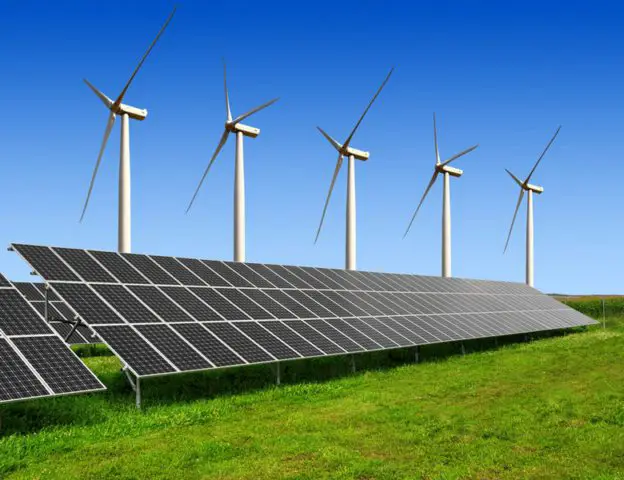Wind continues to consolidate as the 2nd source in contribution within the country’s electricity matrix. The Costa Rican Electricity Institute (ICE) reported that the largest wind generation in history was reached this month with 1,512.65 Gigawatt-hours. This exceeds 1,287.68 Gigawatt hours of 2017.
According to ICE data, wind represents 15.2% of the generation in the National Electric System (SEN). Water is the 1st source with 74%. In a decade, the country quintupled its wind production.
In January it had the largest wind generation, with 202 Gigawatt-hours. October is the lowest production, with 70.62 Gigawatt-hours. The pattern, which responds to the seasons, has been maintained for 22 years. “Costa Rica was the first Latin American country that incorporated the wind into its parent company in 1996”, said the ICE.

In the national territory operate 16 wind power plants that add up to 386.62 Megawatts of installed capacity; 2 are in San José, and 14 in Guanacaste. They are distributed in this way: One belongs to the Costa Rican Electricity Institute (ICE), one to the National Power and Light Company (CNFL), one to Coopesantos, and the remaining 13 are private. By law, ICE must buy all production from private companies.
Luis Pacheco, ICE’s corporate director of Electricity, said that the 5 reservoirs of the entity provide support, which makes it possible to make efficient use of variable resources such as wind and sun. “We are in talks with the Regulator to establish a mechanism that guarantees this service that the Institute provides to the SEN”, he explained.

By the end of 2018, Costa Rica will exceed 98% of renewable electricity generation for the 4th consecutive year. Today, the General Secretariat of the Central American Integration System (SICA) also indicated that more than 60% of electricity production in the region came from renewable sources in 2017.
